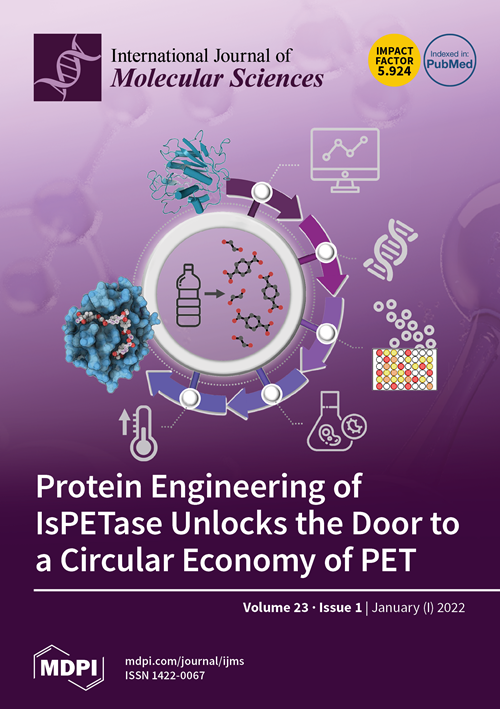Deep Learning Model for Classifying and Evaluating Soybean Leaf Disease Damage
IF 4.9
2区 生物学
Q1 BIOCHEMISTRY & MOLECULAR BIOLOGY
引用次数: 0
Abstract
Soybean (Glycine max (L.) Merr.) is a major source of oil and protein for human food and animal feed; however, soybean crops face diverse factors causing damage, including pathogen infections, environmental shifts, poor fertilization, and incorrect pesticide use, leading to reduced yields. Identifying the level of leaf damage aids yield projections, pesticide, and fertilizer decisions. Deep learning models (DLMs) and neural networks mastering tasks from abundant data have been used for binary healthy/unhealthy leaf classification. However, no DLM predicts and categorizes soybean leaf damage severity (five levels) for tailored pesticide use and yield forecasts. This paper introduces a novel DLM for accurate damage prediction and classification, trained on 2930 near-field soybean leaf images. The model quantifies damage severity, distinguishing healthy/unhealthy leaves and offering a comprehensive solution. Performance metrics include accuracy, precision, recall, and F1-score. This research presents a robust DLM for soybean damage assessment, supporting informed agricultural decisions based on specific damage levels and enhancing crop management and productivity.用于分类和评估大豆叶片病害损害的深度学习模型
大豆(Glycine max (L.) Merr.)是人类食物和动物饲料中油脂和蛋白质的主要来源;然而,大豆作物面临着各种因素的损害,包括病原体感染、环境变化、施肥不当和农药使用不当,从而导致减产。识别叶片受损程度有助于产量预测、农药和肥料决策。深度学习模型(DLM)和掌握大量数据任务的神经网络已被用于二元健康/不健康叶片分类。然而,目前还没有一种深度学习模型能预测大豆叶片受损严重程度(五级)并进行分类,以进行有针对性的农药使用和产量预测。本文介绍了一种用于准确预测和分类损害的新型 DLM,它是在 2930 幅近田大豆叶片图像上训练而成的。该模型可量化损害严重程度,区分健康/不健康叶片,并提供全面的解决方案。性能指标包括准确度、精确度、召回率和 F1 分数。这项研究提出了一种用于大豆损害评估的稳健 DLM,可支持基于特定损害程度的明智农业决策,并提高作物管理水平和生产率。
本文章由计算机程序翻译,如有差异,请以英文原文为准。
求助全文
约1分钟内获得全文
求助全文
来源期刊

International Journal of Molecular Sciences
Chemistry-Organic Chemistry
CiteScore
8.10
自引率
10.70%
发文量
13472
审稿时长
17.49 days
期刊介绍:
The International Journal of Molecular Sciences (ISSN 1422-0067) provides an advanced forum for chemistry, molecular physics (chemical physics and physical chemistry) and molecular biology. It publishes research articles, reviews, communications and short notes. Our aim is to encourage scientists to publish their theoretical and experimental results in as much detail as possible. Therefore, there is no restriction on the length of the papers or the number of electronics supplementary files. For articles with computational results, the full experimental details must be provided so that the results can be reproduced. Electronic files regarding the full details of the calculation and experimental procedure, if unable to be published in a normal way, can be deposited as supplementary material (including animated pictures, videos, interactive Excel sheets, software executables and others).
 求助内容:
求助内容: 应助结果提醒方式:
应助结果提醒方式:


